Snow Tires Quick Tips
- The rubber for snow tires remains flexible in freezing temperatures, enabling them to maintain firm contact with the road.
- Snow tires are more common than studded tires today because of tire technology advancements.
- A front-wheel drive vehicle with snow tires can grip a snowy road better than an all-wheel-drive car with all-season tires.
- A typical set of snow tires costs up to $800. Budget the expense of a tire shop installing them in winter and putting all-season tires back on for warmer seasons.
The phrase “where the rubber meets the road” describes the moment you put a theory to the test. It’s particularly appropriate when winter driving gets serious and snow tires become necessary.
Your car may be a 3,000-plus-pound combination of steel, aluminum, and complex circuitry. But when driving in snow and ice, the safety of everyone in your vehicle depends on a few square inches of rubber gripping the road or sliding across it.
Automakers have developed technologies to keep us safer on snowy, icy roads. Among them are all-wheel-drive (AWD) systems capable of varying the wheel’s speed to maximize grip and traction control systems limiting the power sent to a slipping wheel.
These technologies can all be effective. But nothing makes your car safer in the wintertime than making the place where the rubber meets the road — called the “contact patch” — out of a material that stays flexible in the cold.
Snow tires are one of the least expensive and most effective ways to make your car safer in the cold. This guide will teach you how to identify snow tires, if they’re worth it, guidelines for buying, and more.
How Do Snow Tires Work?
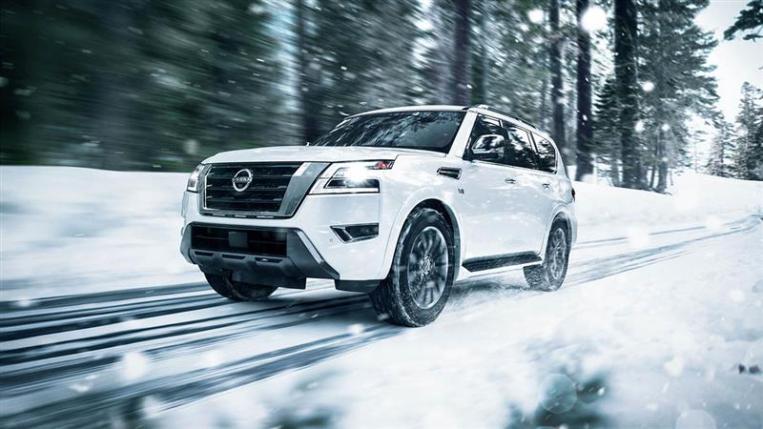
Modern tires aren’t simple rubber tubes as they appear. They’re constructed of many layers of rubber, polyester, nylon, and steel combined to maximize endurance, absorb bumps, and keep a firm grip.
RELATED: Car Tires Guide: Everything You Need to Know
Tires may look completely round when a car is driving, but they change shape constantly at high speed. They deform to keep a solid contact patch.
At freezing temperatures, the rubber compounds making up the outer tread of most tires can become very firm, losing friction.
Imagine a dancer pirouetting on a polished wooden dance floor in smooth-soled shoes. A car with hard tires can slip and slide on the road similarly.
Snow tires use unique rubber compounds that stay pliable in freezing temperatures, enabling them to maintain firm contact with the road.
Now, imagine that same dancer trying to pirouette in rubber-soled hiking boots. In January, you’ll want your car in the automotive equivalent on a North Dakota highway.
The “lug” is another important snow tire feature (a deep channel carved into the outside of the tire). Engineers designed the lug to push water and slush out of the way so your car maintains the needed traction to drive in bad weather.
Can You Drive on Snow Tires Year-Round?
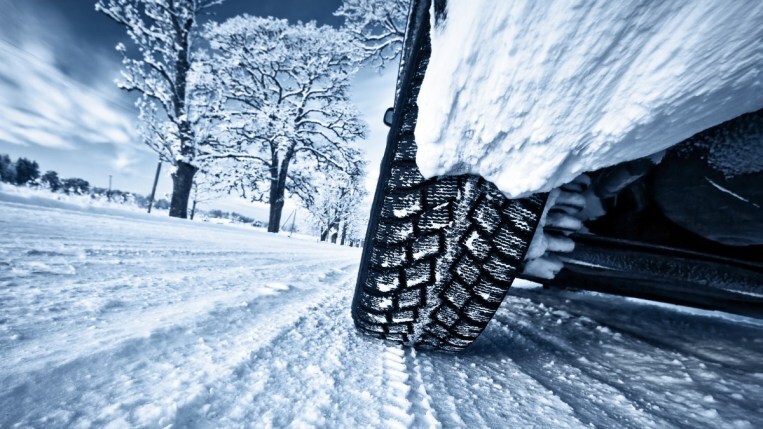
The same factors making snow tires more effective in the cold make them perform sluggishly and wear quickly in warmer weather.
If you drive on snow tires in a temperate climate, they will wear quickly, and your car’s handling will feel heavy. You’ll want to take them off as soon as the weather begins to warm up.
How Do You Identify Snow Tires?
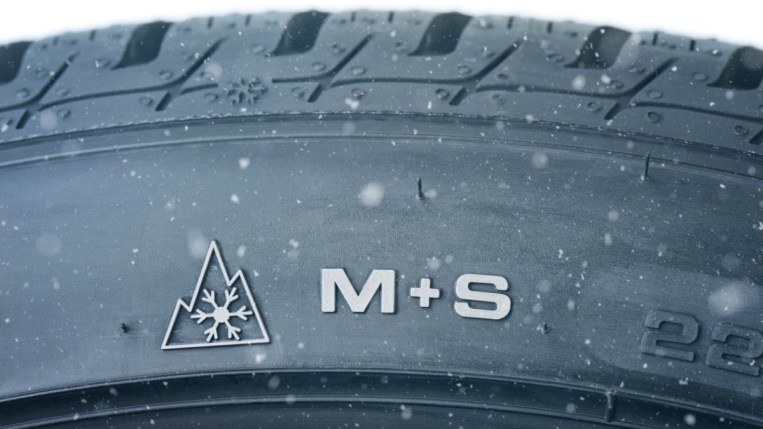
A complicated set of performance codes and markings is on every tire’s side.
When snow tire shopping, the tire codes you need to know are simple: Tires may read “M+S” on the sidewall or have an image of a three-peaked mountain with a snowflake inside it.
M+S means mud and snow, but tires with an M+S symbol are not necessarily good snow tires. This symbol is certified by the United States Tire Manufacturers Association and awarded based on a visual inspection of the tread. This certification does not require a test. All-season tires can carry the M+S symbol.
The Tire Society applies the three-peaked mountain symbol for Testing and Materials. As the name suggests, this organization tests the tires. They measure acceleration, braking, and cornering grip in the snow. Only winter tires can earn the triple-peaked mountain badge.
Types of Snow Tires
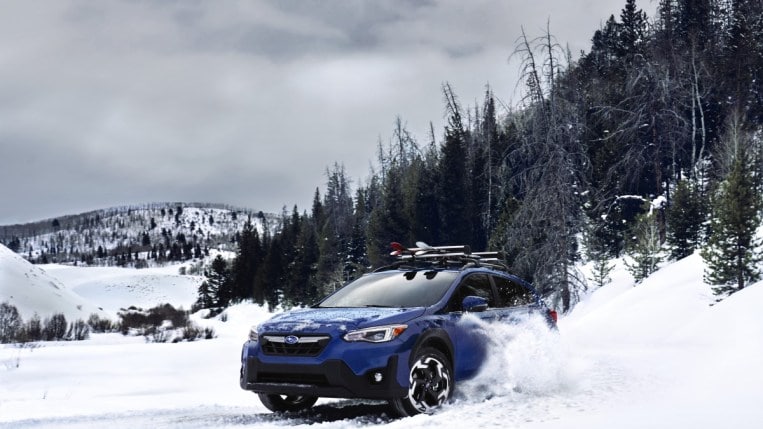
Tire manufacturers make different snow tires for different vehicle types. Cars, trucks, and SUVs have unique considerations, requiring specialized winter tires.
Ice vs. Snow
Winter tires designed for cars and crossovers have specific features. They use treads of tightly spaced blocks with many small incisions and silica mixed into the compound to maintain flexibility in extremely cold weather. These tires are the best choice for snowy highway driving. They grip well on a plowed road that may have frozen spots.
Winter tires designed for trucks and off-road SUVs are sometimes structured with wide gaps in the tread and slightly harder compounds (though still softer than the formula used in all-season tires). These perform best on snow, like that found on unplowed roads. They may be appropriate for those who live in more rural settings, who may not be able to wait for the plow to come by before setting off to work. But they do not grip quite as well on a plowed road as ice-oriented snow tires.
High-Performance Winter Tires
Snow tires make every car handle a bit less aggressively on dry roads. A few specialized tire manufacturers make high-performance winter tires that sacrifice some grip to keep better dry-road handling. They are more common in Europe and relatively rare in the American market.
We do not recommend high-performance winter tires for those who live in areas prone to severe weather. You’re safer buying a reliable set of snow tires in winter and enjoying your car’s tight handling during the other three seasons.
Studded and Non-Studded Tires
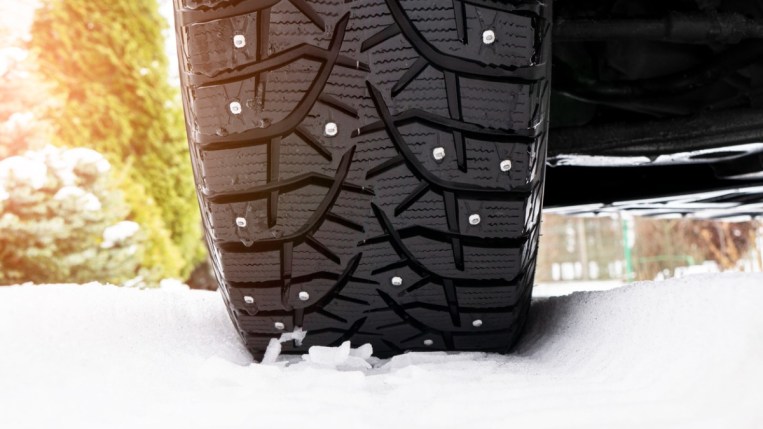
Some snow tires incorporate small studs embedded in the outer tread. The studs are usually made of metal or occasionally from harder rubber. They can break the ice and packed snow, increasing traction.
Once familiar in states with heavy winters, studded tires have grown far less common as tire technology has advanced. Modern snow tires can provide nearly the exact grip without studs on most road surfaces.
Studded tires may make sense in very rural areas with heavy winters. But they have serious drawbacks. Heavier than non-studded tires, studded tires can change how a car handles. Excessive road noise is also a problem on dry surfaces, and studded tires are much more expensive.
A few states ban studded tires completely, including Michigan. Others allow them only on less-developed roads or limit their use to the year’s coldest months.
You can insert studs manually on studdable winter snow tires when needed. Adding and removing the studs is a time-consuming process. Having a tire shop do it several times per year can be costly.
Are Snow Tires Worth It?
In climates with severe winter weather, snow tires are often the most effective safety investment drivers can make. Many experts say that a front-wheel-drive (FWD) vehicle with snow tires grips better than an AWD car with all-season tires. A typical set of snow tires costs less than $800. All-wheel-drive systems can add thousands to the cost of a car for less winter grip than a cheaper set of snow tires.
Whether snow tires make sense for you depends on the weather where you regularly drive. They can be a critical safety enhancement in northern climates and at higher elevations. In southern climates, they may add cost for little benefit.
If you invest in snow tires, you will need your tires changed at least twice a year. There is an added cost to having a tire shop install them for you when cold weather begins and put your all-season tires back on in spring.
You can most likely recoup some of this cost from your insurer. Most insurance companies offer discounts to encourage drivers to use snow tires. Your tires will also wear more slowly if you alternate between two sets during the year.
Best Way To Store Winter Tires
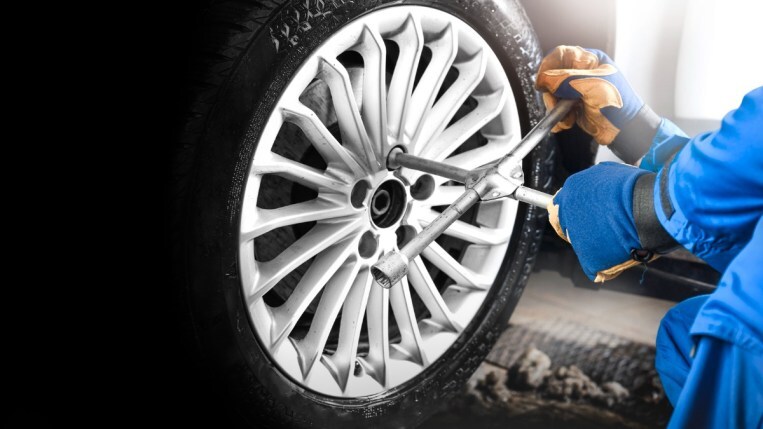
Owning all-season and snow tires means you’ll need a place to store the set you aren’t using.
If you choose to store your snow tires at home, you should plan to clean and wrap the tires you’re not using. You can use tire bags or covers to keep them protected. Keeping them indoors in a dry place helps preserve the best condition until you need them again. To make replacing your tires more convenient, you’ll find it simpler to keep each set of tires on its own set of rims.
Many tire shops in cold climates offer tire storage for a small fee. This approach adds a bit of cost but can be convenient, as it never requires you to lug heavy tires into the shop.
Guidelines for Buying New Snow Tires
When shopping for snow tires, we recommend that drivers:
- Research laws in your state before committing to studded or studdable tires.
- Plan to buy a set of four tires. You might think you could save money by placing snow tires on the powered wheels, but the tires will wear unevenly if you do so, requiring earlier replacement.
- Factor in the installation cost and look for seasonal coupons at local tire shops.
Top Snow Tires on the Market
Which snow tires are best for your vehicle depends on many factors, including the type and weight of the vehicle you drive; whether you often travel on the highway, suburban side streets, or rural roads; and the weather where you live. A local tire shop or trusted mechanic is your best resource for making that decision.
Some solid choices include:
Continental VikingContact
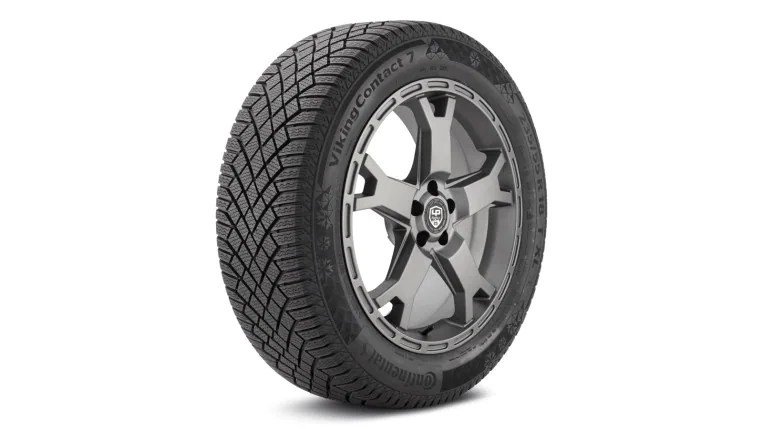
A studless winter tire available in many sizes that uses a new, more environmentally-friendly compound.
- Price range: Up to $300 each.
- Pros: Low noise and low rolling resistance to save fuel.
- Cons: Not built for the most extreme climates.
Goodyear WinterCommand Ultra
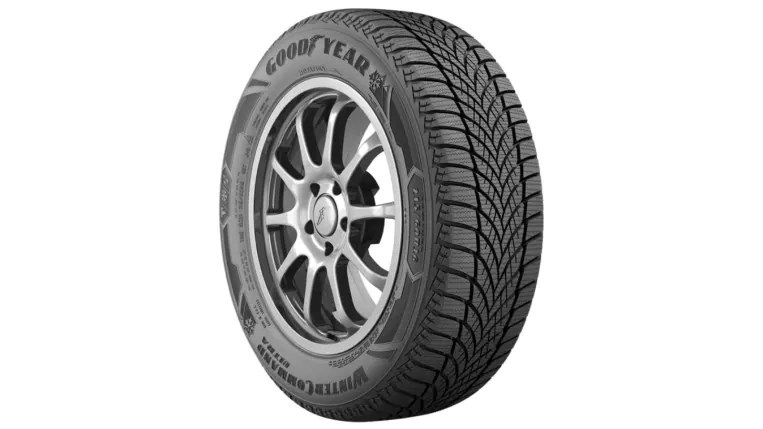
A studdable snow tire in a wide variety of sizes,
- Price range: Up to $300 each.
- Pros: Solid balance of dry- and icy-road performance.
- Cons: Some owners complain of road noise.
3. General AltiMAX Arctic
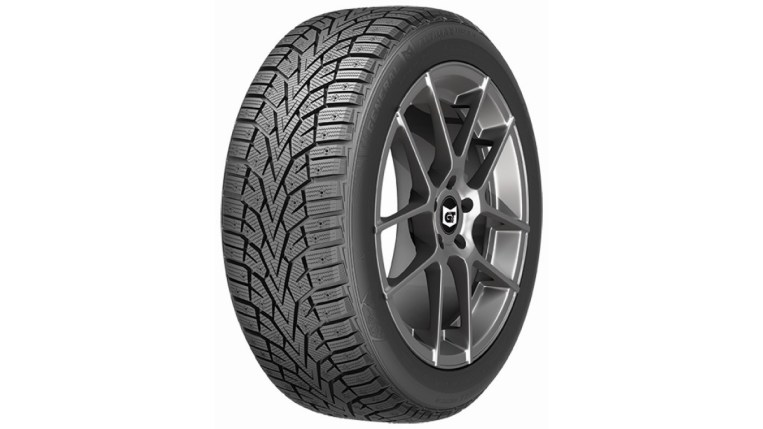
A studdable winter tire is available in various sizes; this model lasts longer than most studdable tires.
- Price range: Up to $200.
- Pros: Studdable for varying road conditions but excellent in heavy snow, even without added studs.
- Cons: Some users find them slippery in very light snow.
Nokian Nordman

Nordman is a brand of budget tires owned by Nokian. Sold as the Nokian Hakkapeliitta for many years, it is now rebadged as a Nordman product available at a lower price, although it is virtually the exact tire.
- Price range: Up to $200.
- Pros: Among the most affordable ways to get a leading studded tire for your off-road SUV.
- Cons: Because it is a studded tire, this is a specialized product that won’t suit regular highway drivers.
Bridgestone Blizzak
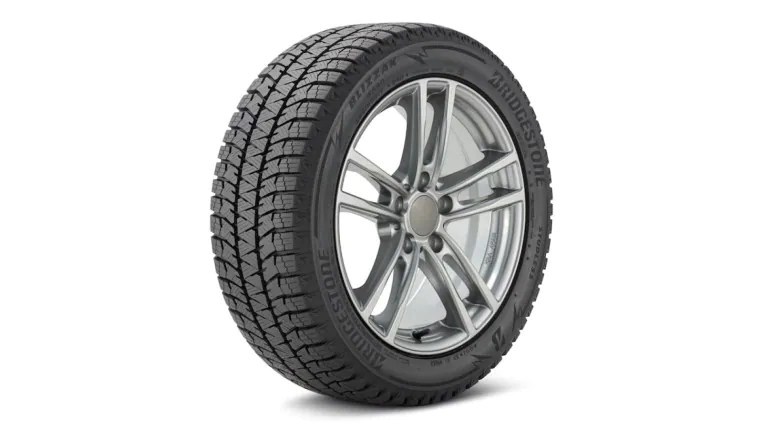
- Price range: Up to $450.
- Pros: Among the best winter tires aimed at luxury cars, the Blizzak line delivers impressive grip and control.
- Cons: Pricey.
6. Nokian Hakkapeliitta
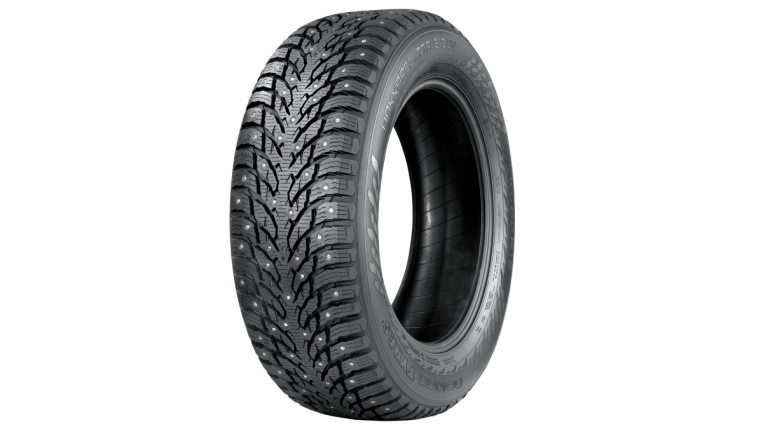
Nokian developed the first winter tire in 1934 and still makes some of the most well-reviewed snow tires in every category. The Hakkapeliitta (a type of Finnish winter cavalry) offers low rolling resistance by snow-tire standards.
- Price range: Up to $450.
- Pros: Saves on fuel while still providing excellent grip.
- Cons: Less grip in deep snow than some others.
Read Related Stories About Tires:


